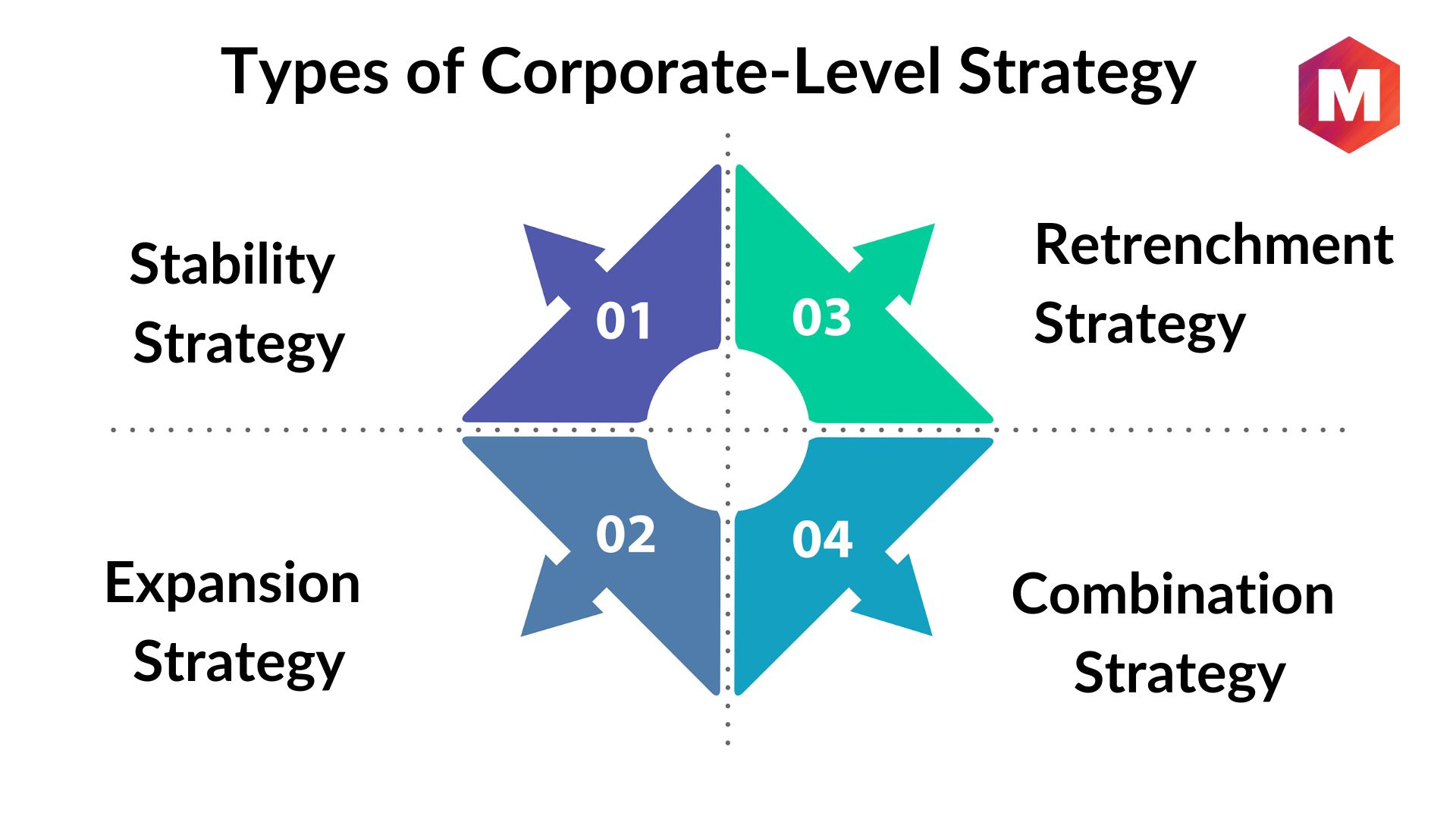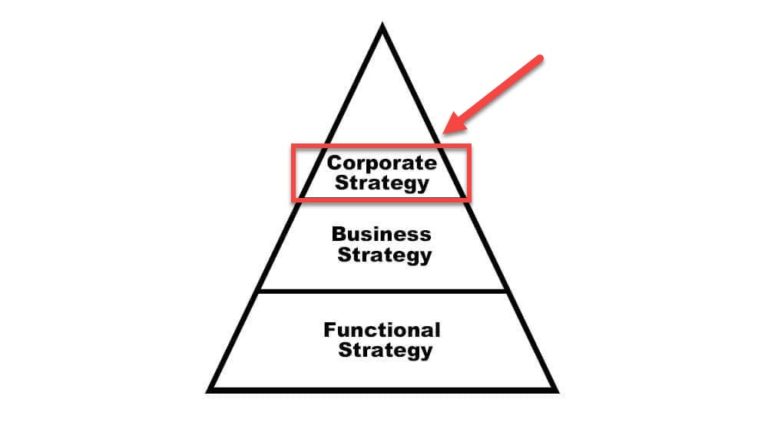Corporate-level Strategy Does Which Of The Following
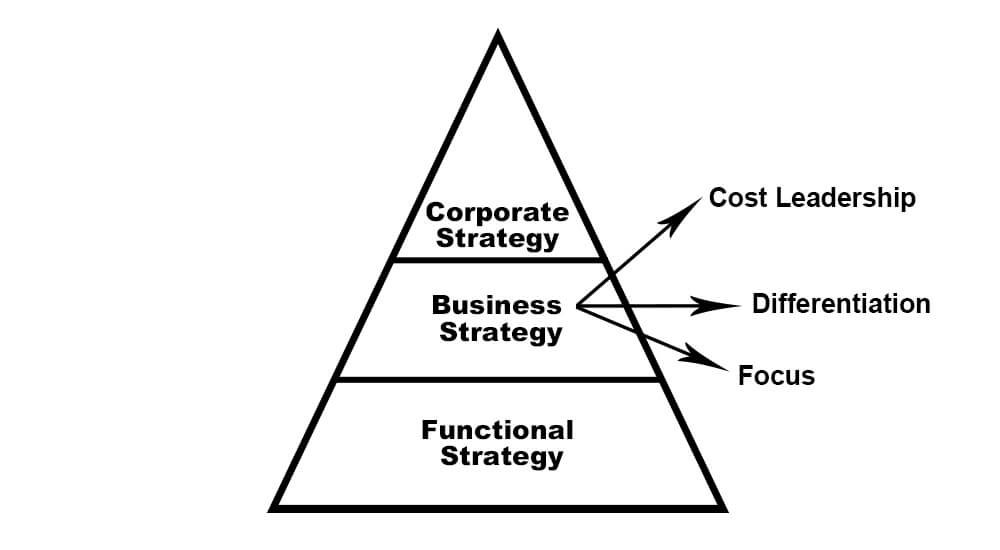
Corporate strategies are under intense scrutiny as market volatility threatens even established giants. Key decisions determining a company's future are being dissected, with stakeholders demanding clarity on the direction and purpose of these high-level choices.
This article cuts through the jargon to deliver a clear understanding of what corporate-level strategy actually does, focusing on the essential functions that determine a company's survival and success.
Defining the Scope: What Corporate-Level Strategy Entails
Corporate-level strategy fundamentally addresses the "where to compete" question. It dictates the overall scope and direction of the company, encompassing decisions about industries, markets, and businesses in which to participate.
This is distinct from business-level strategy, which focuses on "how to compete" within a specific industry.
Think of it as the overarching game plan, setting the stage for individual business units to execute their own strategies.
Key Functions of Corporate-Level Strategy
1. Portfolio Management
A core function is managing the company's portfolio of businesses. This involves decisions about allocating resources, investing in growth opportunities, and divesting underperforming units.
Companies often use frameworks like the Boston Consulting Group (BCG) matrix or the General Electric (GE) matrix to analyze their portfolio and make informed decisions.
According to a 2023 report by McKinsey, companies with actively managed portfolios outperform those with static portfolios by an average of 20%.
2. Restructuring and Diversification
Corporate strategy guides decisions about restructuring the organization. This can include mergers, acquisitions, divestitures, and strategic alliances.
Diversification, whether related or unrelated, is a key strategic choice. Related diversification leverages existing capabilities and resources, while unrelated diversification enters new industries.
A Harvard Business Review study found that 70-90% of mergers and acquisitions fail to deliver expected synergies, highlighting the critical importance of strategic fit.
3. Resource Allocation
Strategic resource allocation determines how financial, human, and technological resources are distributed across the company.
This involves prioritizing investments based on strategic fit, market potential, and competitive advantage. Companies like Amazon are known for aggressively reallocating resources to emerging markets.
Effective resource allocation ensures that the company's resources are aligned with its strategic goals and maximize shareholder value.
4. Shaping Corporate Advantage
Corporate-level strategy aims to create a corporate advantage that benefits all business units. This can include shared resources, economies of scale, and brand reputation.
A strong corporate brand can enhance the credibility and attractiveness of individual business units.
Developing proprietary technologies or processes that can be leveraged across the organization is another way to create a sustainable corporate advantage.
The Human Element: Leadership and Decision-Making
Effective corporate strategy requires strong leadership and sound decision-making processes. The CEO and top management team play a crucial role in setting the strategic direction.
Decentralized decision-making can empower business units to respond quickly to market changes, while centralized decision-making ensures consistency and alignment with overall corporate goals.
Transparency and open communication are essential to ensure that all stakeholders understand and support the corporate strategy.
Ongoing Developments and Future Trends
The landscape of corporate strategy is constantly evolving. Globalization, technological disruption, and increasing stakeholder activism are creating new challenges and opportunities.
Companies are increasingly focusing on sustainability and social responsibility as integral parts of their corporate strategy.
The rise of artificial intelligence and data analytics is transforming how companies make strategic decisions.
Expect continued emphasis on agility, resilience, and adaptability as companies navigate an uncertain future. Strategic reviews must happen often.
Next Steps
Companies must assess their current corporate strategy and ensure that it is aligned with the changing environment. This includes revisiting their portfolio of businesses, resource allocation decisions, and corporate advantage.
Regular monitoring of key performance indicators (KPIs) is essential to track progress and identify areas for improvement.
By taking a proactive and data-driven approach to corporate strategy, companies can position themselves for long-term success. Continued updates will follow as new data emerges.





.png)

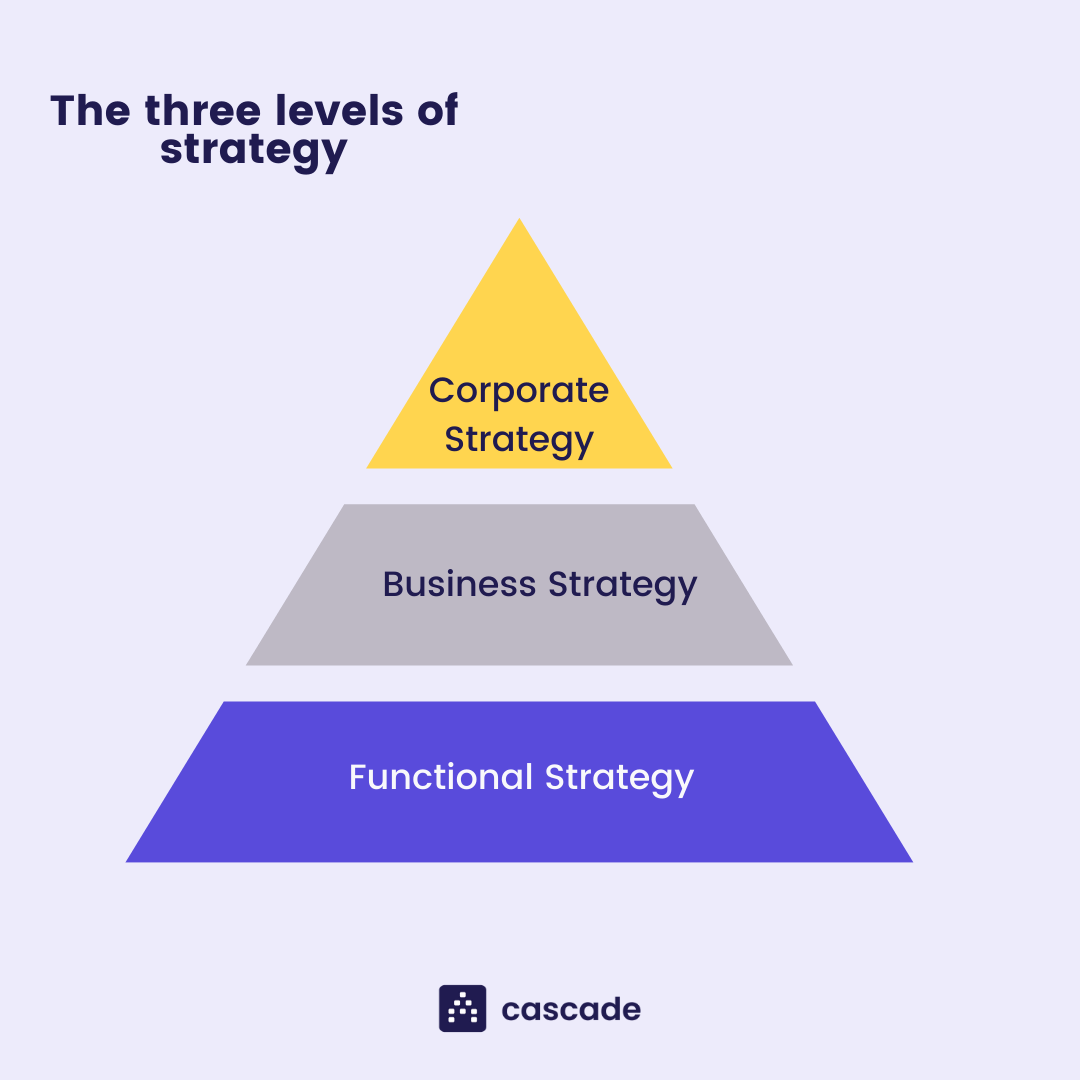
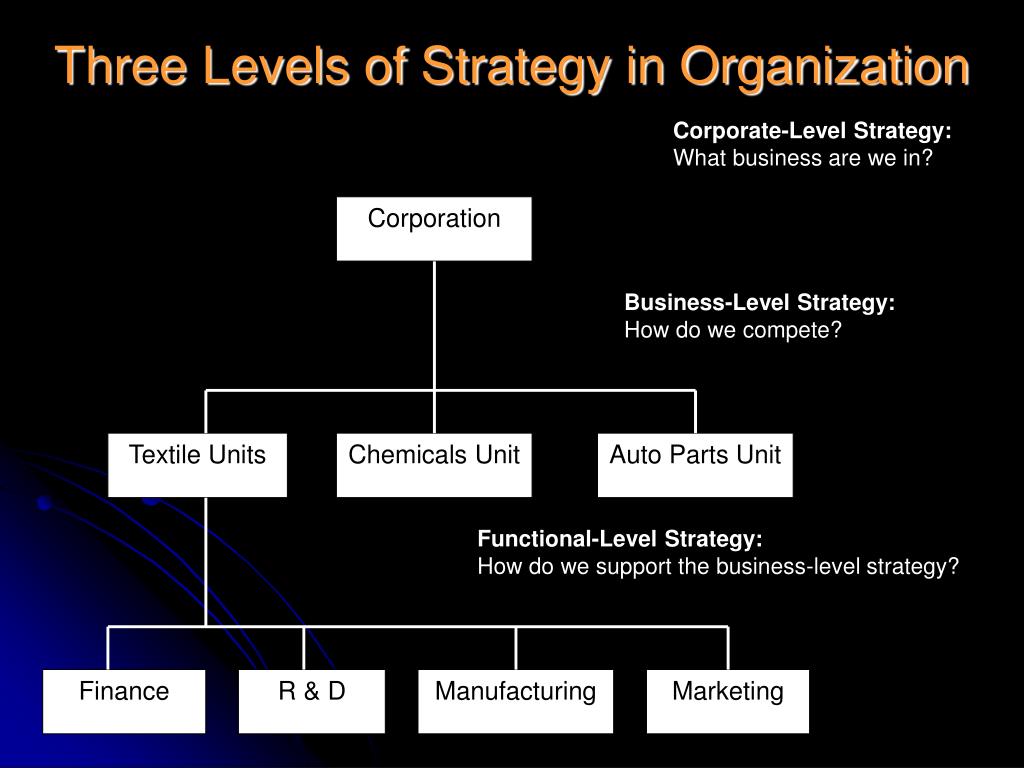
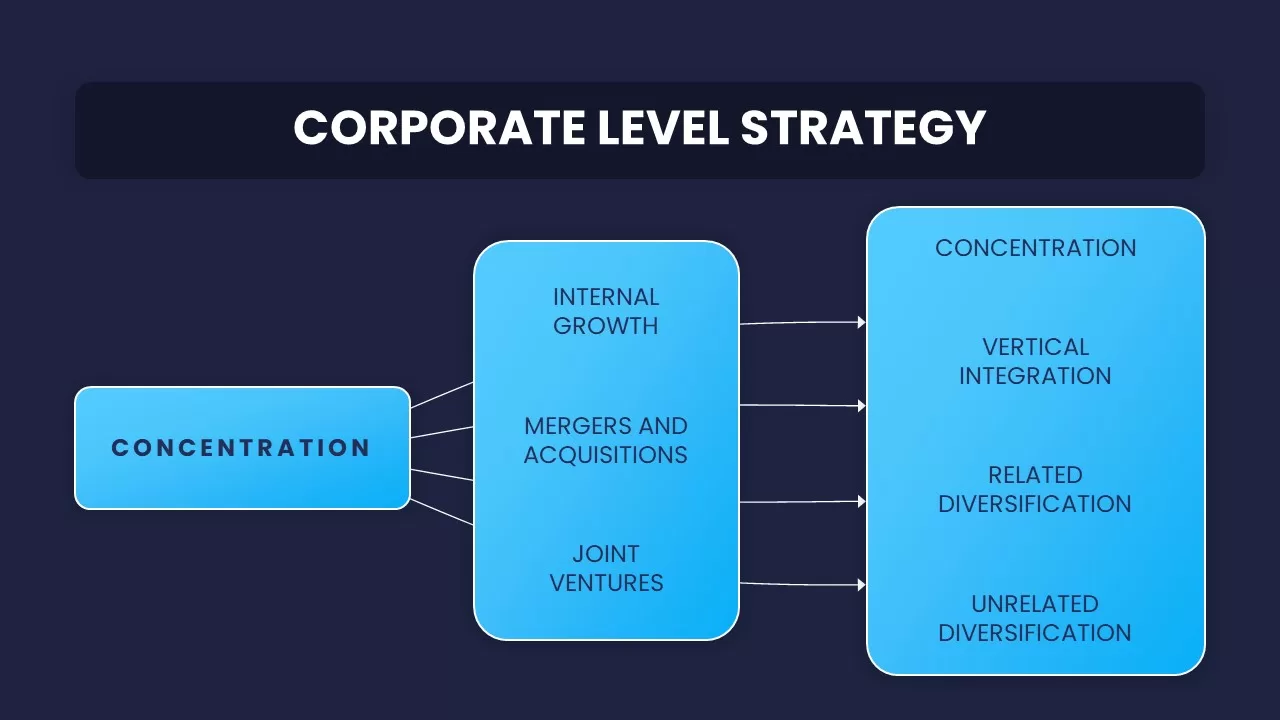
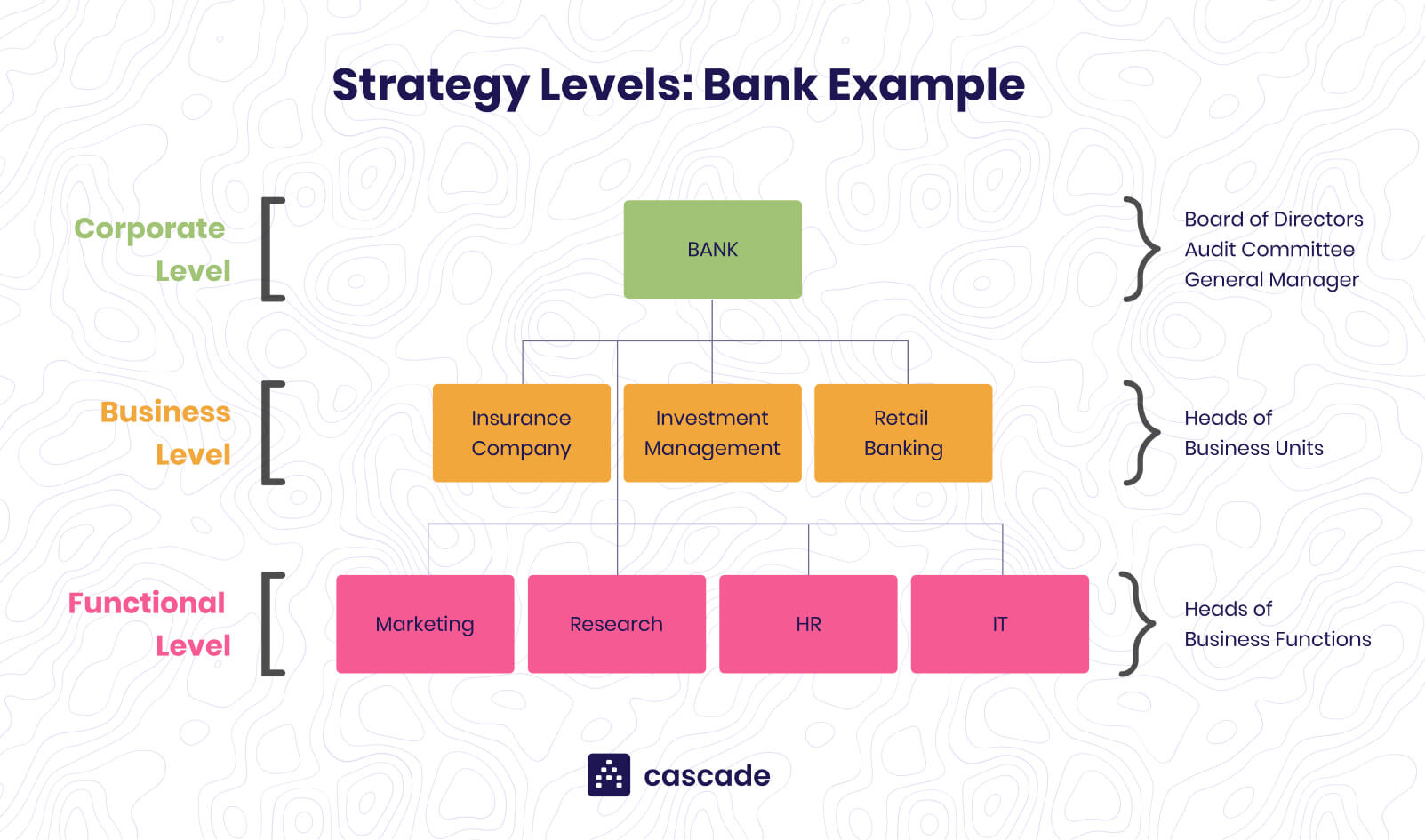
.jpg)




